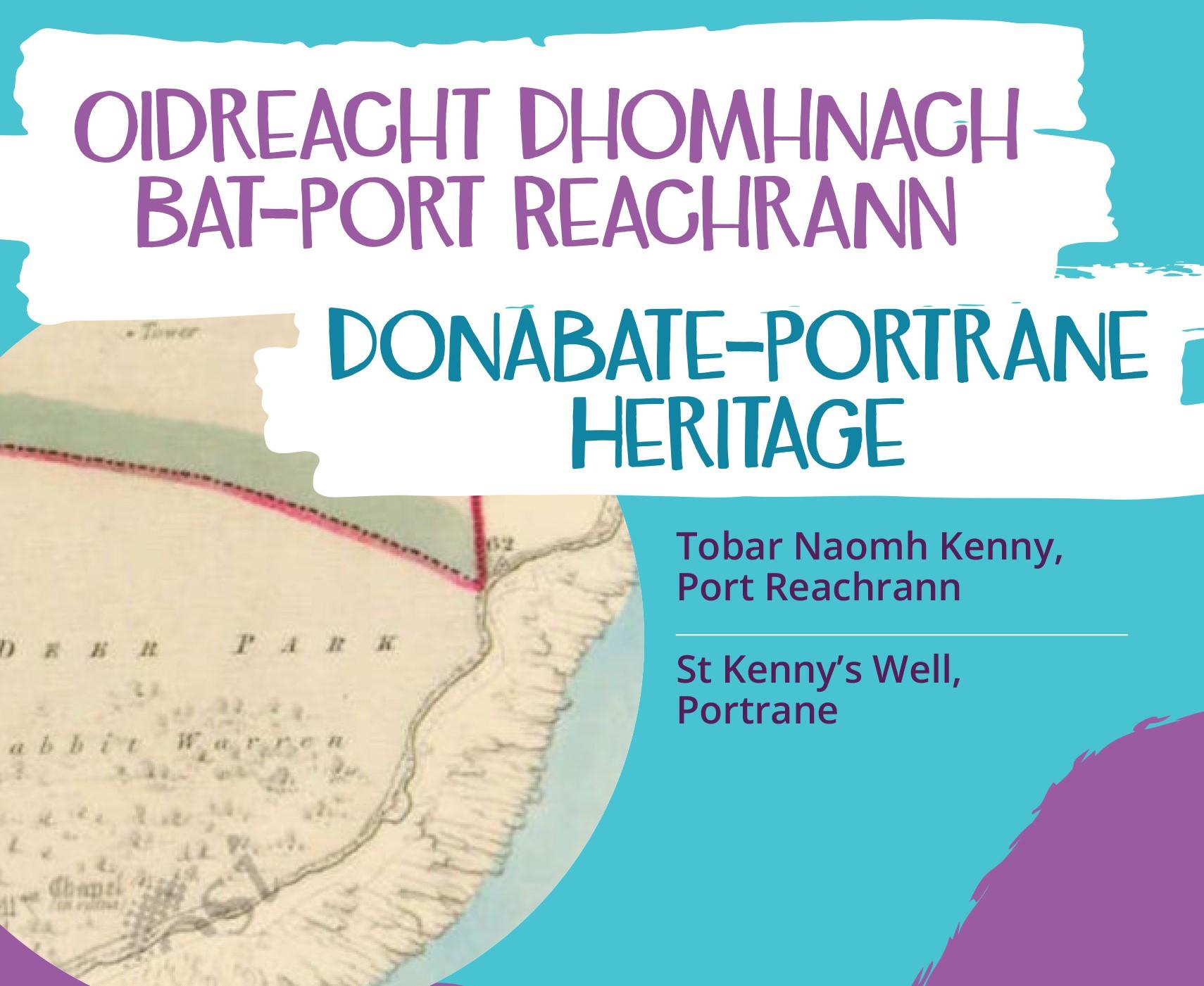Saint Kenny’s Well

Image credit: First Edition Ordnance Survey Map 1837.
During the 1730s Eyre Evans, built a red brick Georgian mansion on an 460-acre estate, known as Portrane House or Mount Evans. In 1837 it was described as ‘a spacious brick building in the centre of a fine demesne of 420 acres, well stocked with deer, and commanding extensive and splendid views’. In the coastal fields was a rabbit warren and the site of a chapel and St Kenny’s well. It was recorded locally that the chapel had been dismantled and the stones used to fill the adjoining St Kenny’s well in the 1950s.
However archaeological works have revealed a much older story of the area. The evidence show that people have lived here since the Neolithic. A stone cist using greywacke sandstone similar to the material employed in the passage tombs of the Boyne Valley was uncovered as were structures and pottery dating to the Bronze Age.
Above: The Chink Well, Portrane. Photo by Maurice Curtin, the Photographic Collection F024.06.00067 https://www.duchas.ie/en/cbeg/16630 by Dúchas © National Folklore Collection, UCD is licensed under CC BY-NC 4.0.
Did you know….
North east of the chapel site and St Kenny’s well is Chink Well. This natural spring rises in a cave along the shoreline. Accessible only at low tide the well was supposed to cure Whooping cough or ‘chin cough’. An offering of bread was placed in the well and if taken out with the tide demonstrated that a cure was forthcoming.
